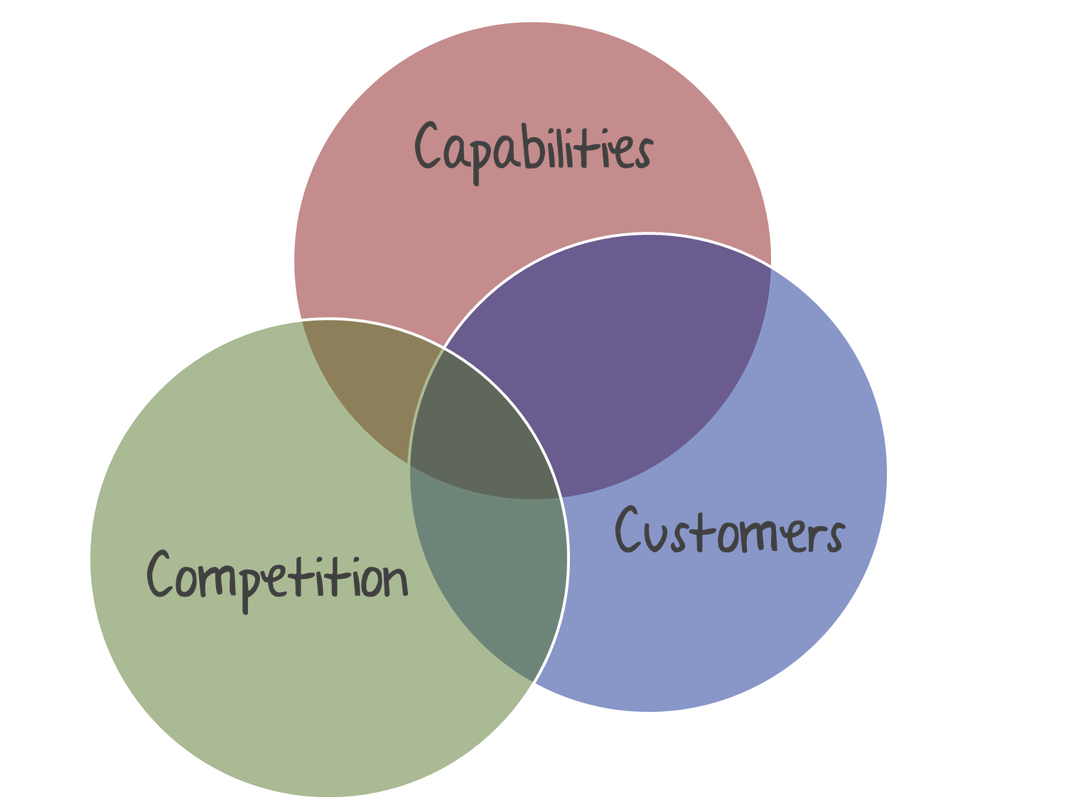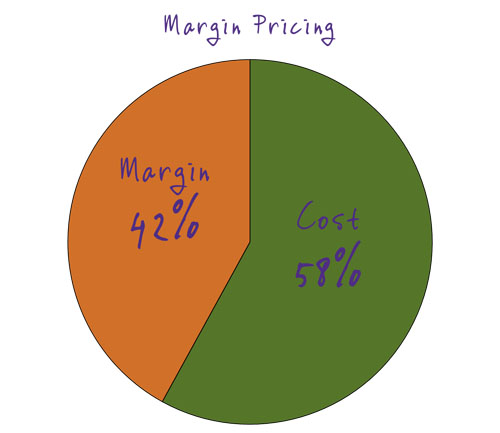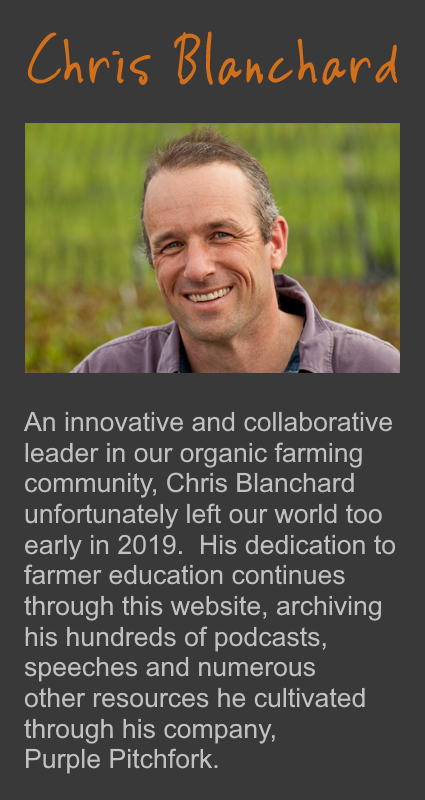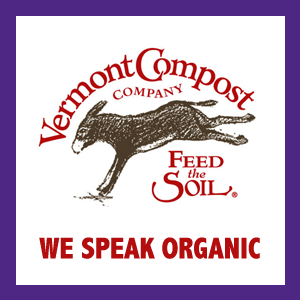It's an easy mistake to make. Your hands - and your kids' feet - are hardwired to your eyes. If you're looking at the goalie, that's where you're going to shoot the ball. The best shooters learn to look at the part of the net that's empty.
When the pressure's on, whether it's because everything's suddenly gone sideways or because you've got the opportunity to meet a big goal, it's easy to focus on the obstacles. Unfortunately, that's also the best way to let the obstacles get the best of you. Look for the path through, and keep your eye on that.






 RSS Feed
RSS Feed
